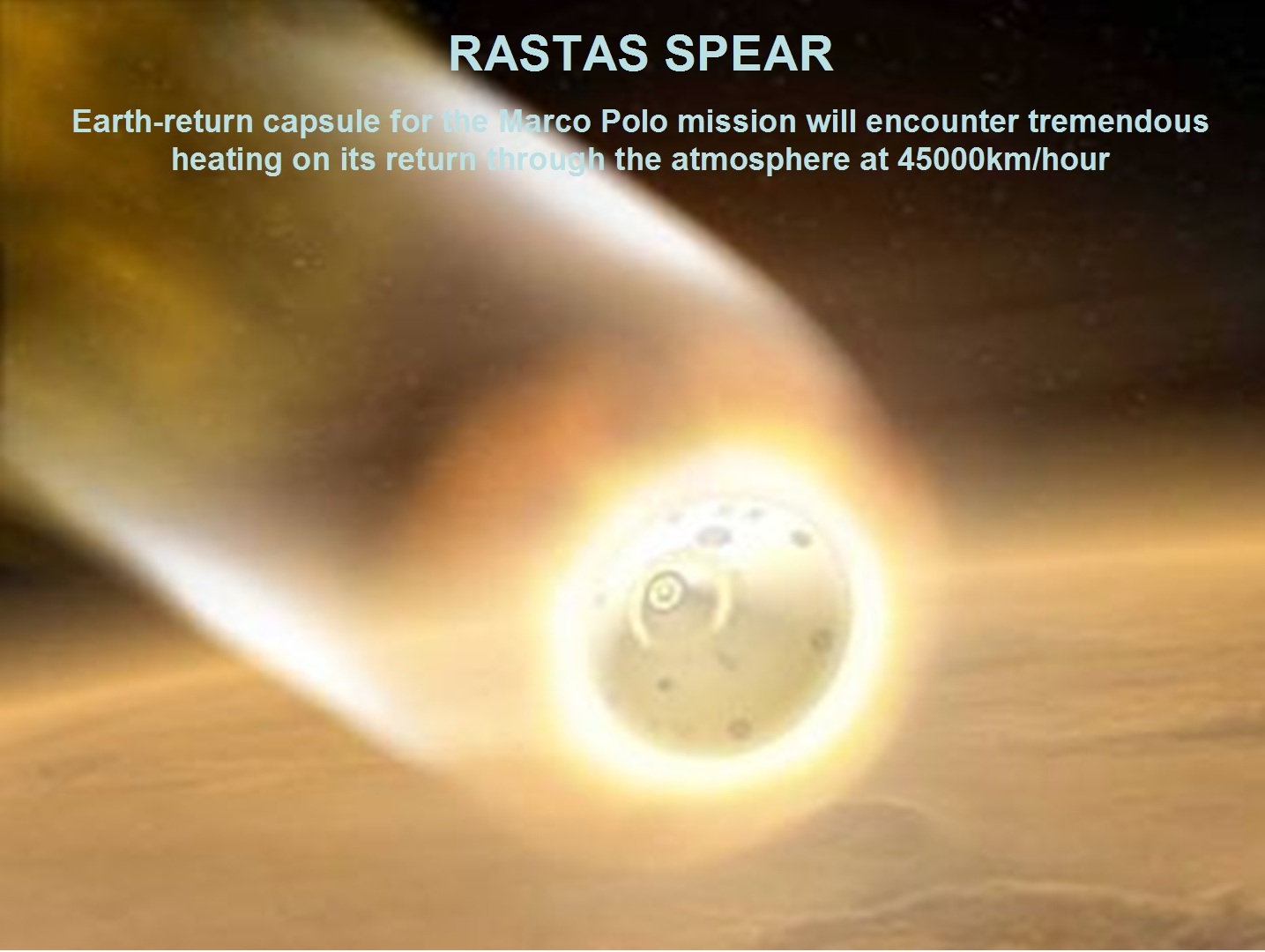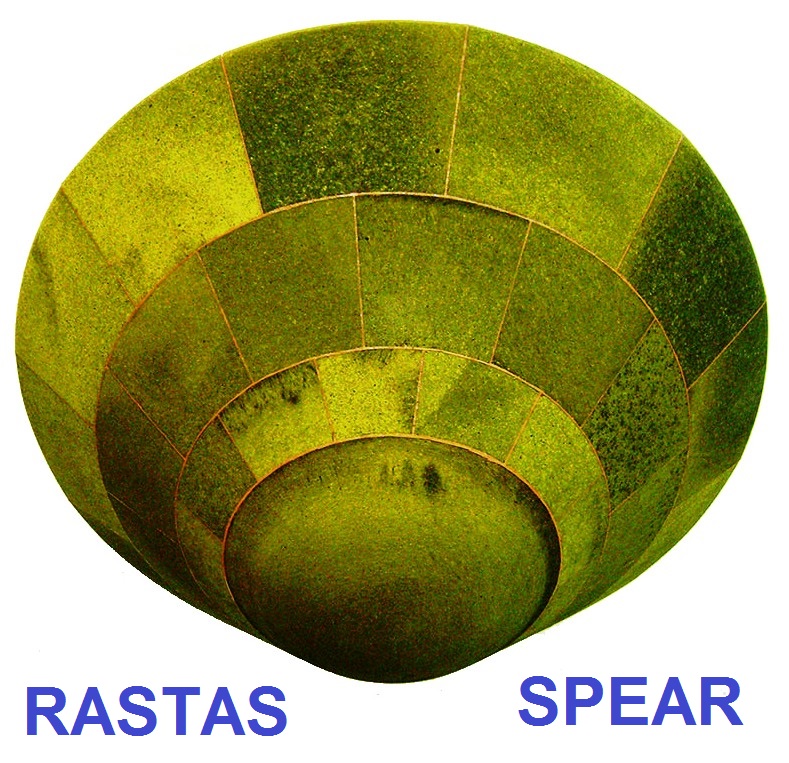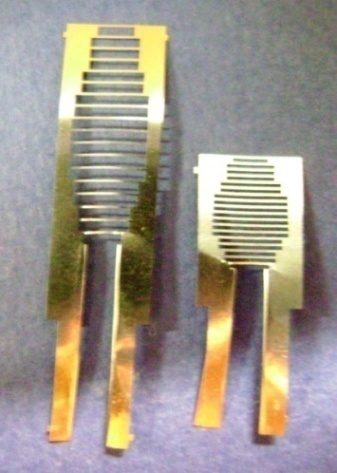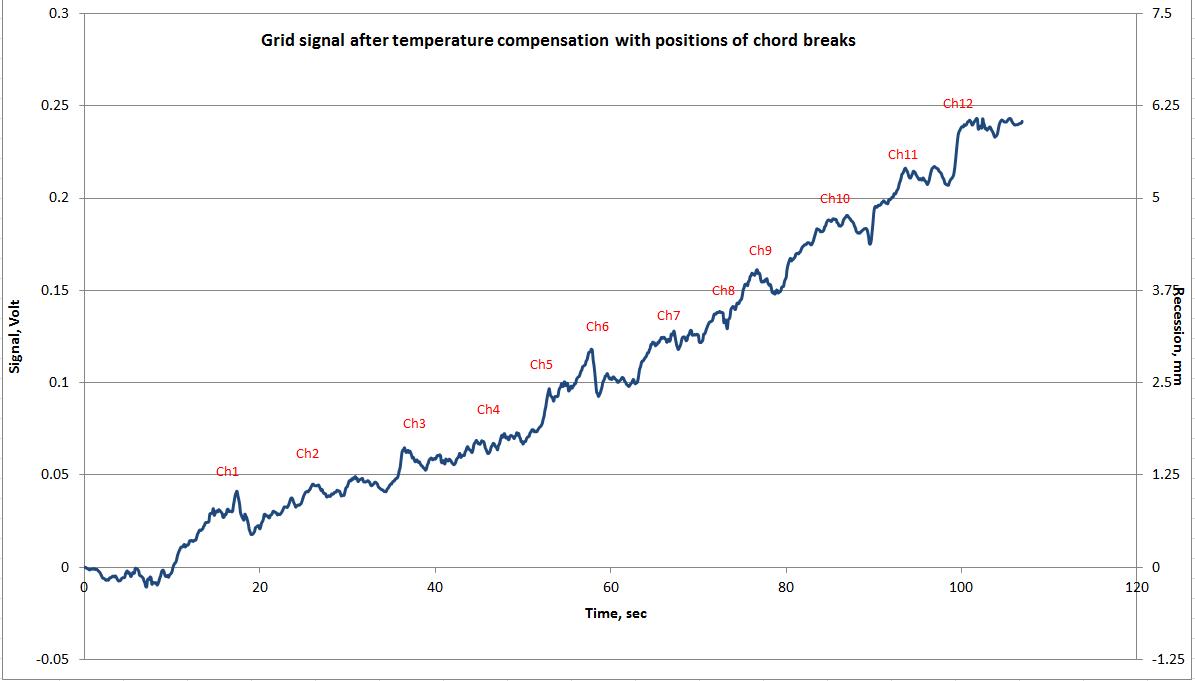Space exploration technologies
Since 2016, we have been developing a new sensor for in-situ monitoring (in real time) the recession of the ablator used in protective shields of space capsules (ReWiG and REGS projects). Further development is continuing for the new, high flux ReGS-HF sensors (Image 1) for in-situ monitoring of the recession of ablative composites protecting returning capsules (Image 2) from sample-return missions on asteroids and/or Mars. It is expected that the hypervelocity of such capsules will exceed 25km/sec and the max heat flux will exceed 20MW/m2, much higher than most previous atmospheric re-entries (Image 3). The work on ReGS-HF has now reached about TRL5 (Image 4) . ArianeGroup (now owner of Airbus Space) has funded the further development and testing of the ReGS-HF sensor for sample-return missions and further funding has been offered for 2021, some under a contract for Technology Transfer (see below). The work is continuing and it is expected that the sensor will be used in a test space mission at the end of 2022, allowing a TRL of 7 or 8. Advanced numerical methods using ANSYS/Fluent (CFD) has also been used for simulating the ablation of the TPS with and without embedded ReGS sensors.
Other space technology research has built on previous projects such as the Rastas Spear project on the development of new ablators and bonding capabilities for sample-return capsules and on the PULCHER project on the multi-layer combustion chambers.



